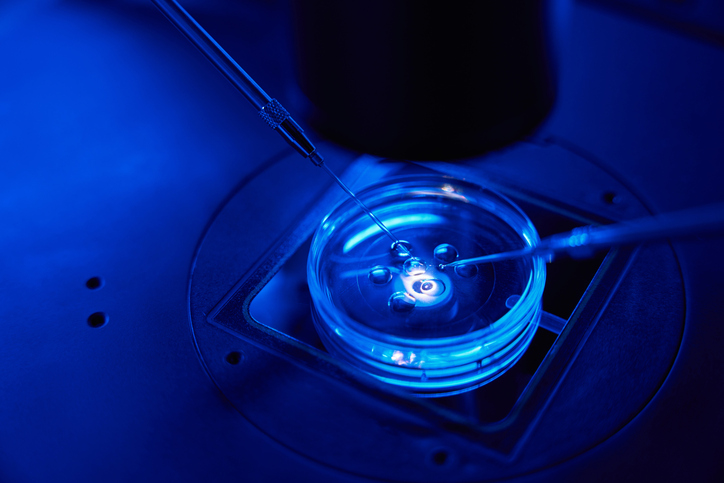In recent years, several new and amended requirements have been introduced for medical devices and in vitro diagnostic devices to be placed on the European market. On 9 July 2024, the EU introduced the latest amendments to the regulatory landscape in this field through Regulation (EU) 2024/1860.
In 2017, the EU introduced two new regulations in the field of medical devices. The aim was to strengthen the safety requirements for medical devices and in vitro diagnostic medical devices by increasing the requirements for clinical evidence, market surveillance and conformity assessments involving notified bodies. The regulations are directly applicable in all European Member States and, therefore, do not need to be implemented into national law to enter into force. The regulations were planned to come into full effect in May 2021 (medical devices) and May 2022 (in vitro diagnostics), but has for some devices been postponed to as late as 31 December 2029 due to concerns that the requirements set out in the 2017 regulation may reduce the availability of some medical devices.
The regulations apply to developers, manufacturers, sellers, and anyone who fully refurbishes or imports medical devices outside the EU (“Manufacturers”). The regulations present requirements related to the development of new medical devices and provisions that require Manufacturers to follow technical and scientific developments in the areas that concern medical devices. In some cases, these follow-ups can also give rise to measures so that the medical devices maintain a prominent level of safety and performance concerning the state of the art.
The primary changes for medical devices and in vitro diagnostic medical devices are as follows:
- Stricter requirements for risk classification.
- Medical devices with a risk classification higher than A must be certified by a notified body with a CE marking to be placed on the EU market.
- Stricter documentation requirements.
- Stricter market surveillance requirements.
The requirements that apply to a medical device and when they apply depend on the device’s risk assessment and classification. There are four risk classes, A, B, C and D for in vitro diagnostics and classes I, IIa, IIb and III for medical devices. The risk assessment is done through analysing the intended purpose of the device, and the risk associated with using the device.
Please get in touch with us at AWA with any questions on the new rules for medical devices and in vitro diagnostic devices.





